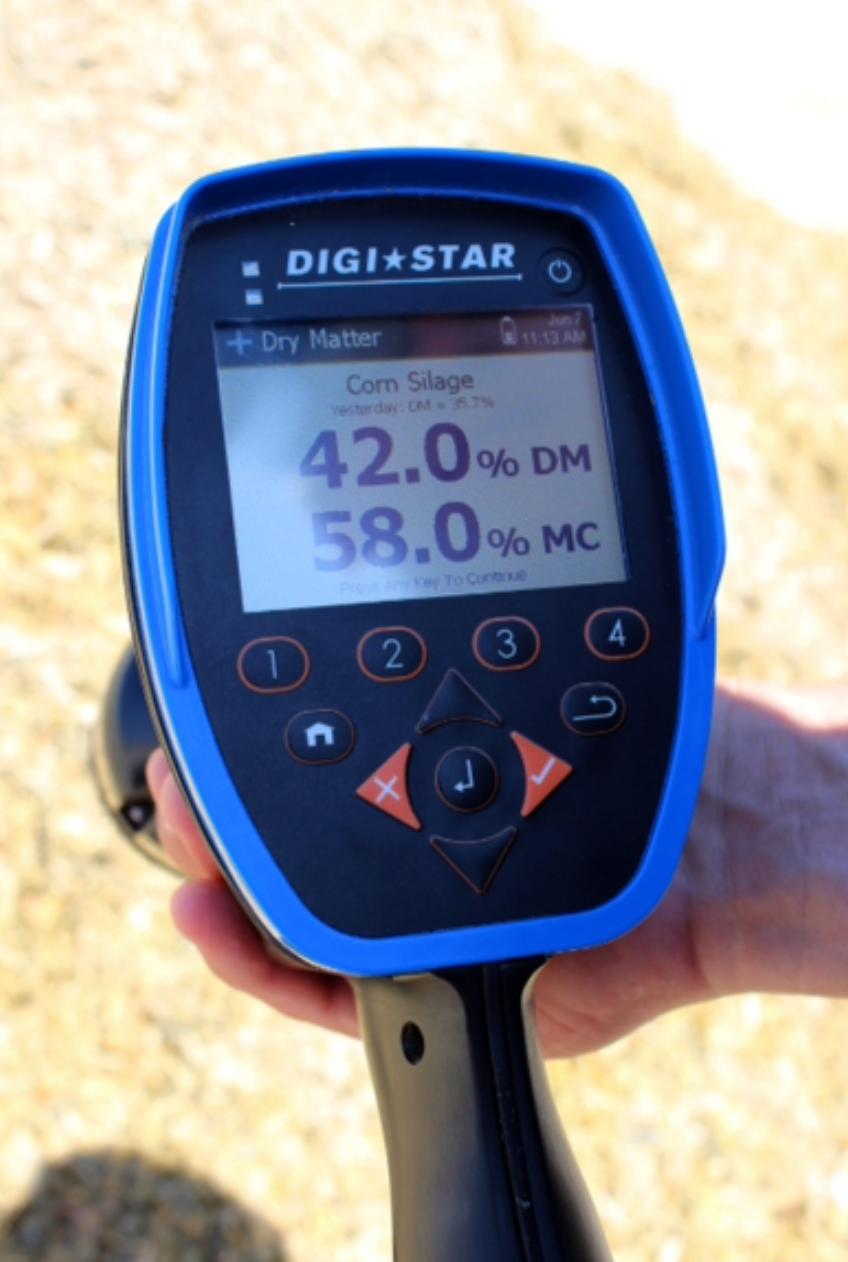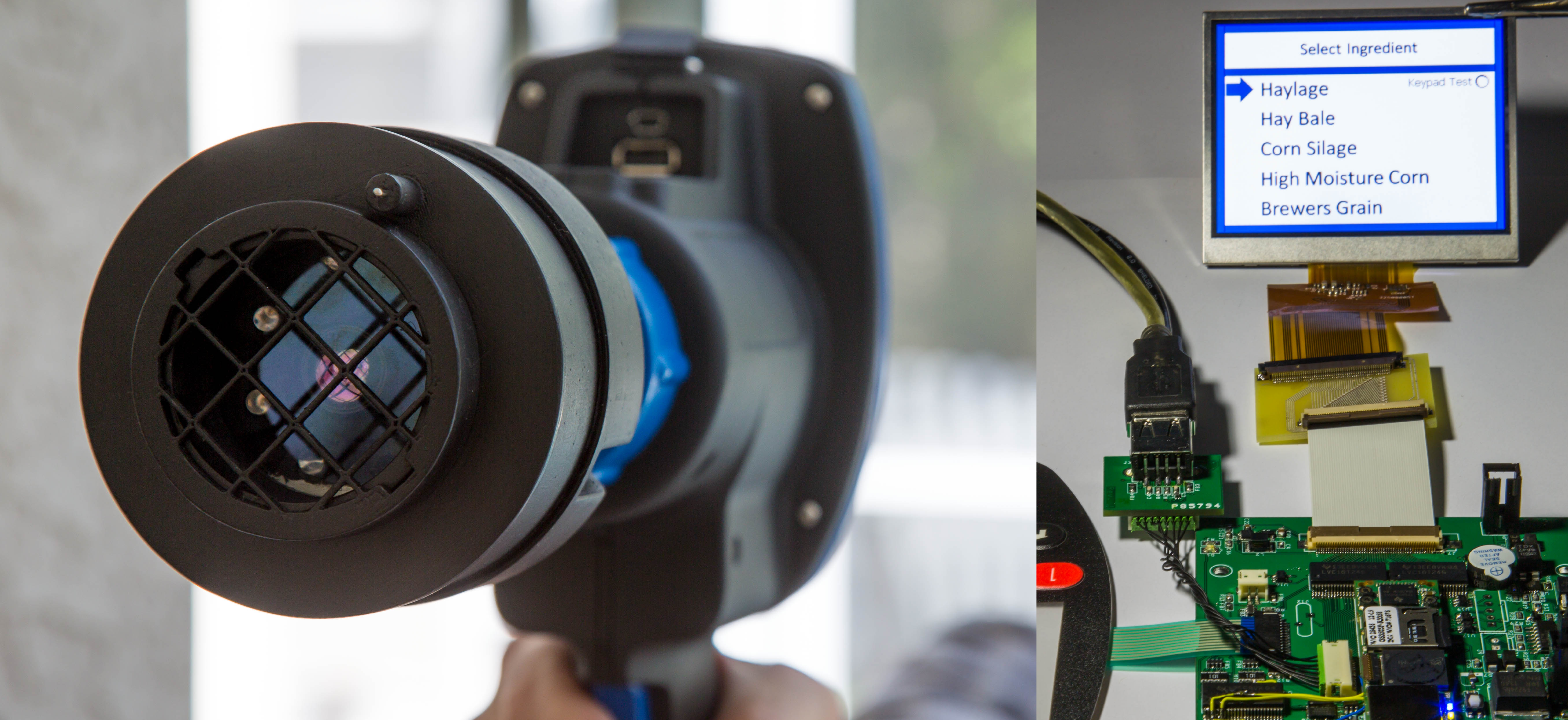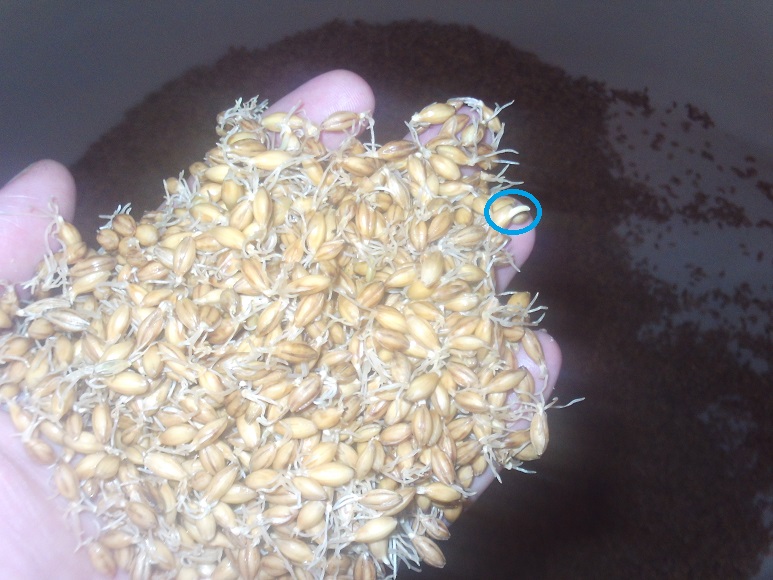I’m a grain farmer. We use this one. We’re on our second one; the first lasted about a dozen years. It was replaced last year and the new one was about $100 less than the current price.
We like that particular one because it’s programmable to be able to test almost any crop. Most testers, especially the less expensive models, will only test the most widely grown crops, like corn, soybeans, and wheat. Grain moisture testers are fussy. They have to be configured to the particular characteristics of a particular seed type. Since barley isn’t a very widely grown crop, many testers aren’t calibrated for barley.
All of that said, unless the OP is malting his own, there’s no good reason to test the moisture content of malted grains. The kilning phase of the malting process removes almost all of the moisture from the grain.
Have you ever seen this one? I think it was mainly used for testing moisture in silage, but we added a whole menu of different materials it would work with. I designed all the electronics in there

















![Craft A Brew - Safale S-04 Dry Yeast - Fermentis - English Ale Dry Yeast - For English and American Ales and Hard Apple Ciders - Ingredients for Home Brewing - Beer Making Supplies - [1 Pack]](https://m.media-amazon.com/images/I/41fVGNh6JfL._SL500_.jpg)














































